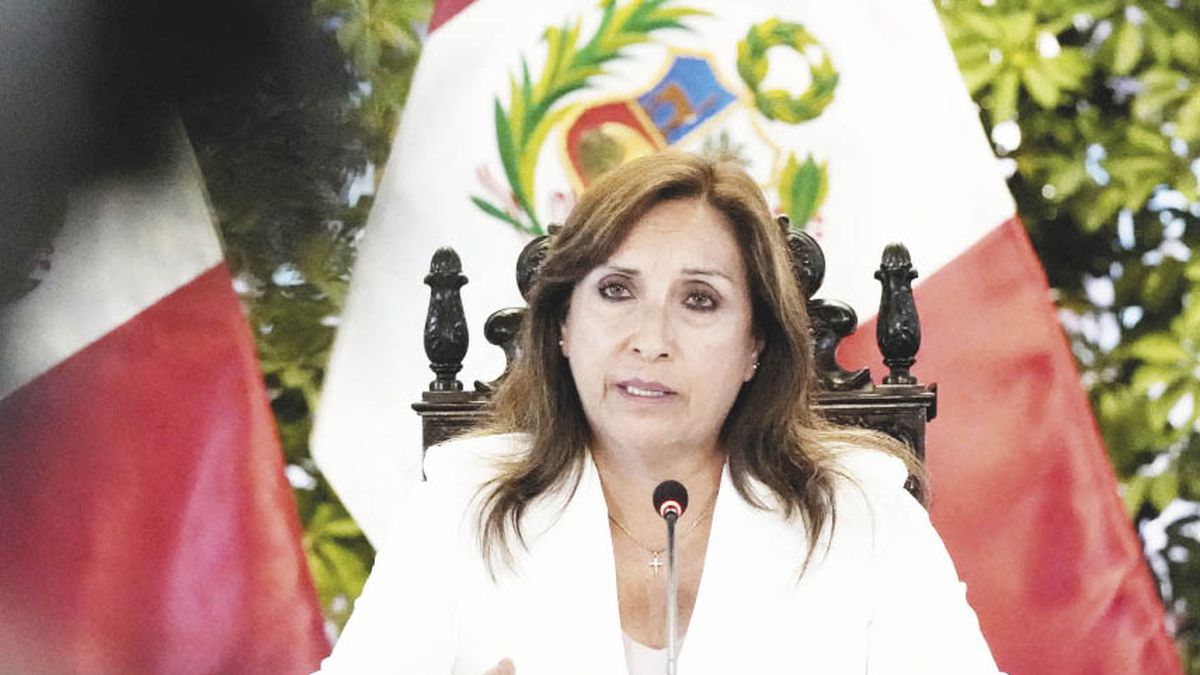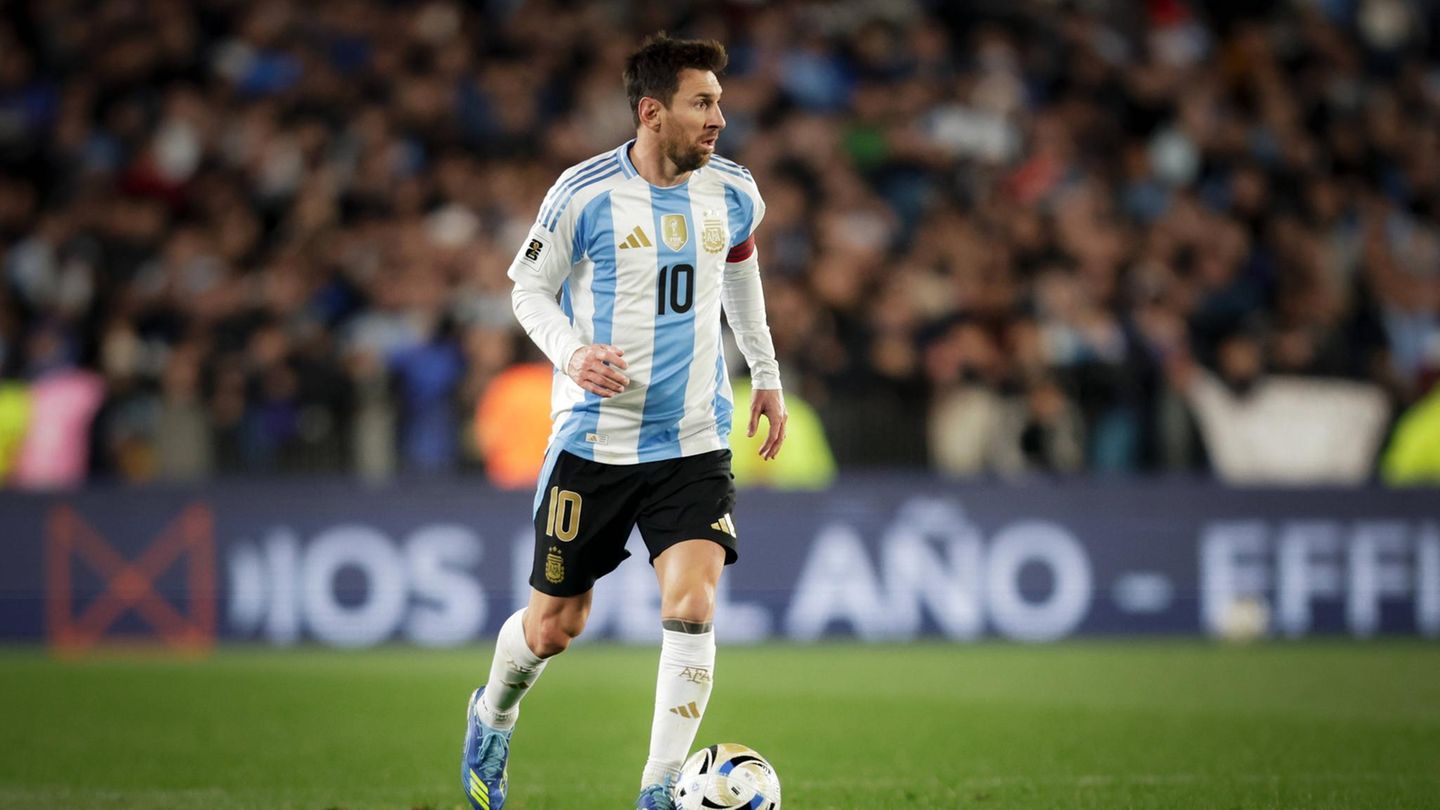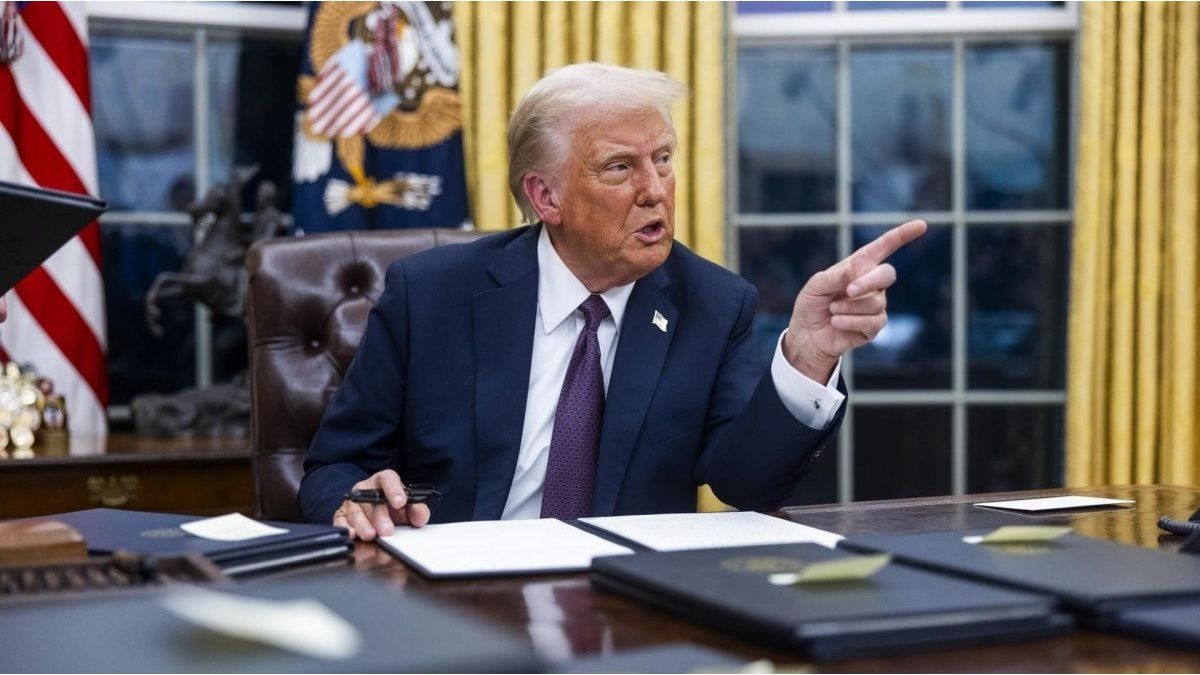The current wave of demonstrations broke out on December 7, when Congress dismissed Pedro Castillo, hours after he announced the closure of the Legislature and the establishment of an emergency government with the suppression of constitutional guarantees, after several attempts by the blocs opponents to remove him from office.
Boluarte has called for “a national truce”, but received in response the largest march in Lima to date, with fierce clashes between police and protesters that turned the historic center into a place of battle.
Fundamentals
“Our country is being bled dry by the lousy management of the government and the forces of order led by Mrs. Dina Boluarte,” says the motion presented in Parliament, according to the Peruvian newspaper La República.
“It is assumed that both Mrs. Boluarte and none of the members of her cabinet are willing to resign, despite the fact that our people continue to be literally and disastrously massacred. There is no other term that could be used”, adds the text.
The “vacancy” motion needs 66 votes to be admitted for processing and then it should get 87 votes for Boluarte’s dismissal to take place, as happened last December 7 with Castillo.
Two minors died on Wednesday during the road blockades related to the protests that have shaken the country for 50 days, reported the Ombudsman’s Office. One of them died in the southern department of Cusco, the agency reported last night.
That report raised to 49 the deaths due to the repression –among them a policeman– while another ten died from traffic incidents and events related to the pickets.
Faced with the offensive, Boluarte stood up defiantly. “I am not going to surrender to authoritarian groups that want to impose solutions that are not part of our constitutional order or the democratic tradition,” he said on Wednesday in a virtual intervention before the OAS Permanent Council, in which he advocated resolving the crisis. through new elections.
Shortage
Since Wednesday morning, scenes of shortages of liquefied petroleum gas – the main fuel for vehicles and domestic use in Peru – have multiplied in Cusco, Arequipa, Tacna and Puno, southern regions that are considered the poorest, forgotten and discriminated against for their majority indigenous populations.
Long lines of cars outside service stations could be seen in the surroundings of Cusco, a jewel of international tourism. According to the testimony of several drivers consulted, gasoline has become more expensive day by day and in various areas they indicate that the price of a gas cylinder has more than doubled.
In the Amazon region of Madre de Dios, on the border with Brazil and Bolivia, there are food and fuel shortages due to blockades on the Interoceanic highway that connects the southern coast of Peru with Brazilian cities.
Due to the shortage, market traders in the cities of Juliaca and Puno, more than 1,350 km south of Lima, and the scene of the most violent protests that left 21 dead in early January, tripled the prices of items such as potato and tomato.
Peru had an annual inflation of 8.46% in 2022, the highest in 26 years.
Food does not reach its destination because hundreds of trucks are stranded on the highways of the Ica and Puno regions.
Source: Ambito




